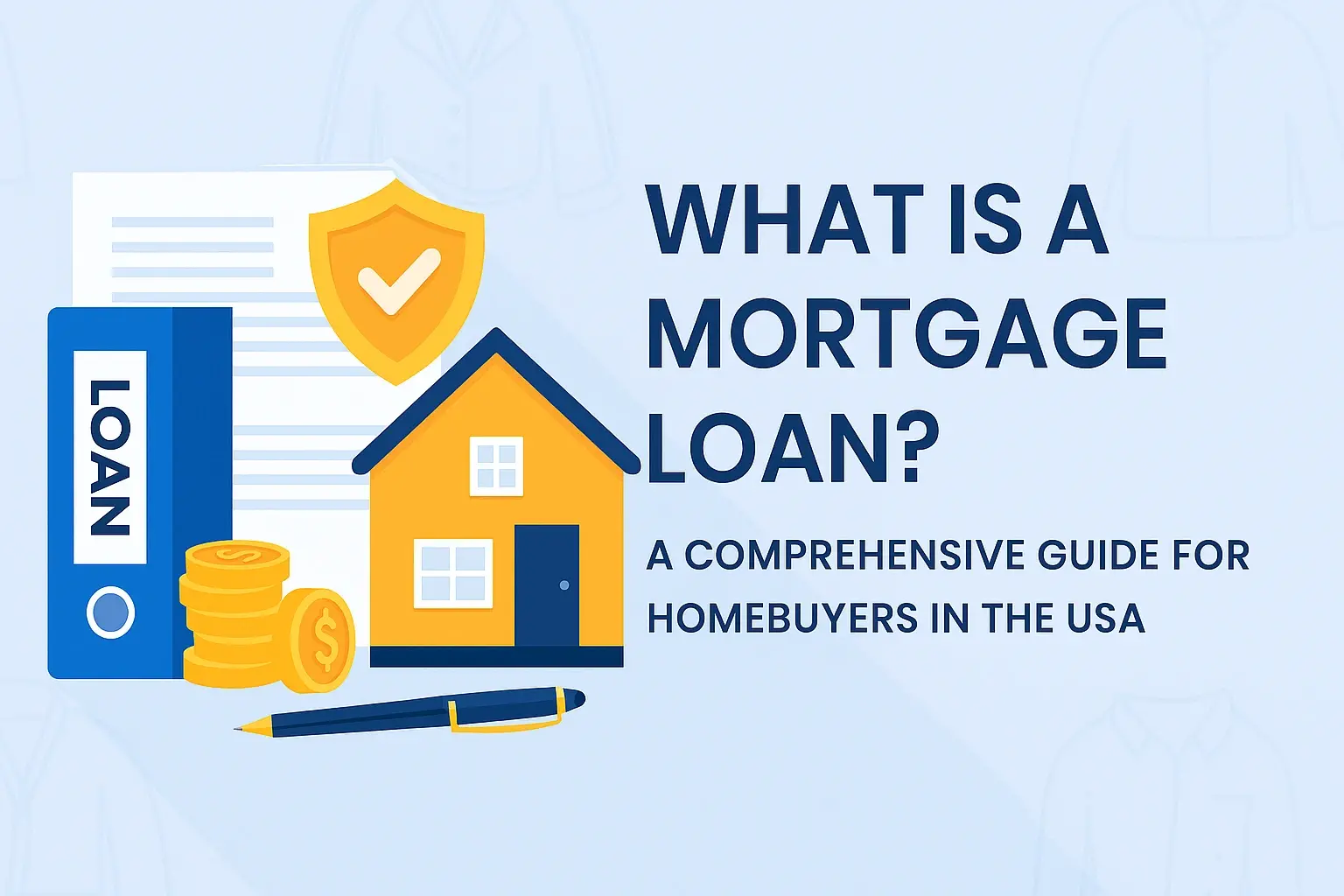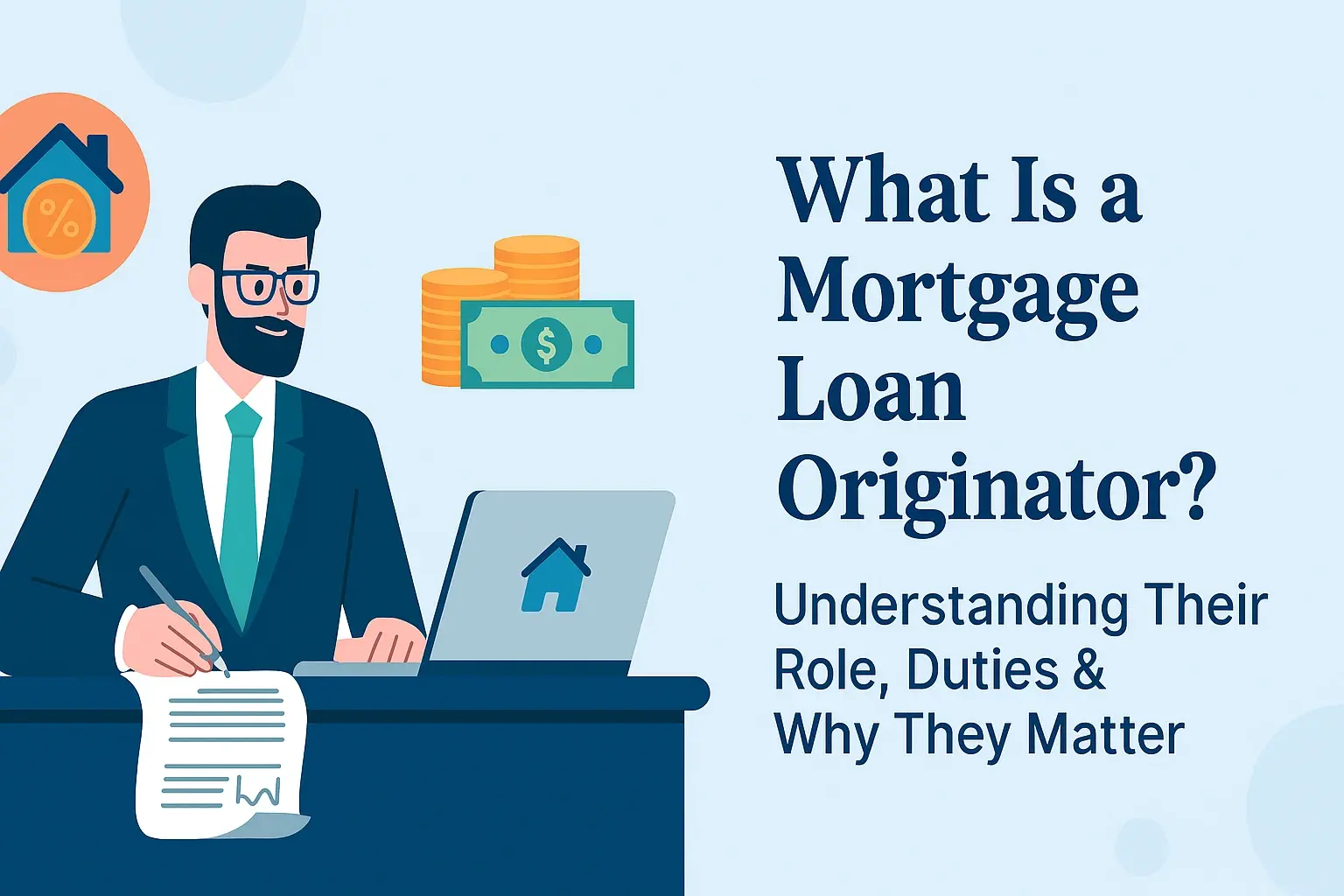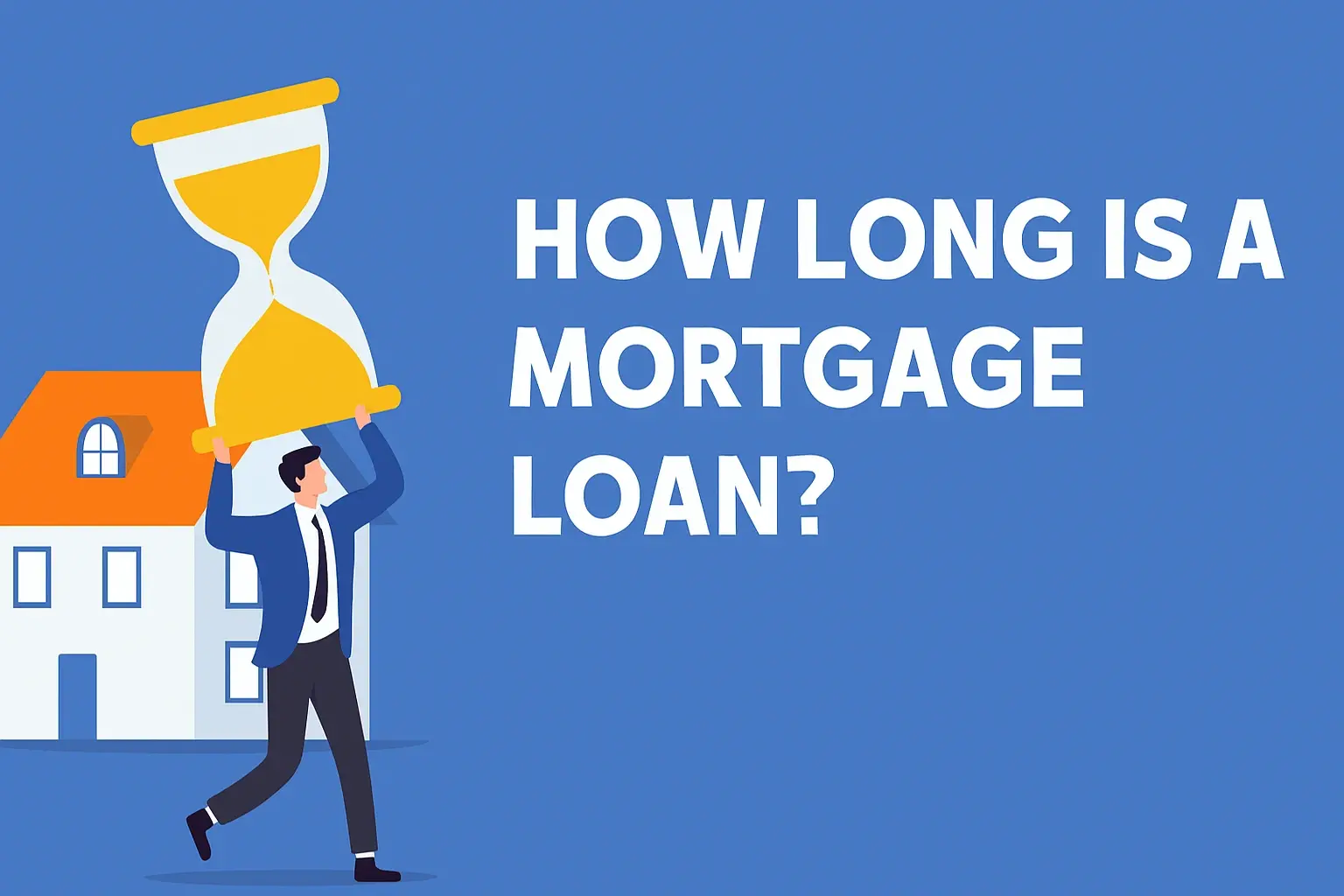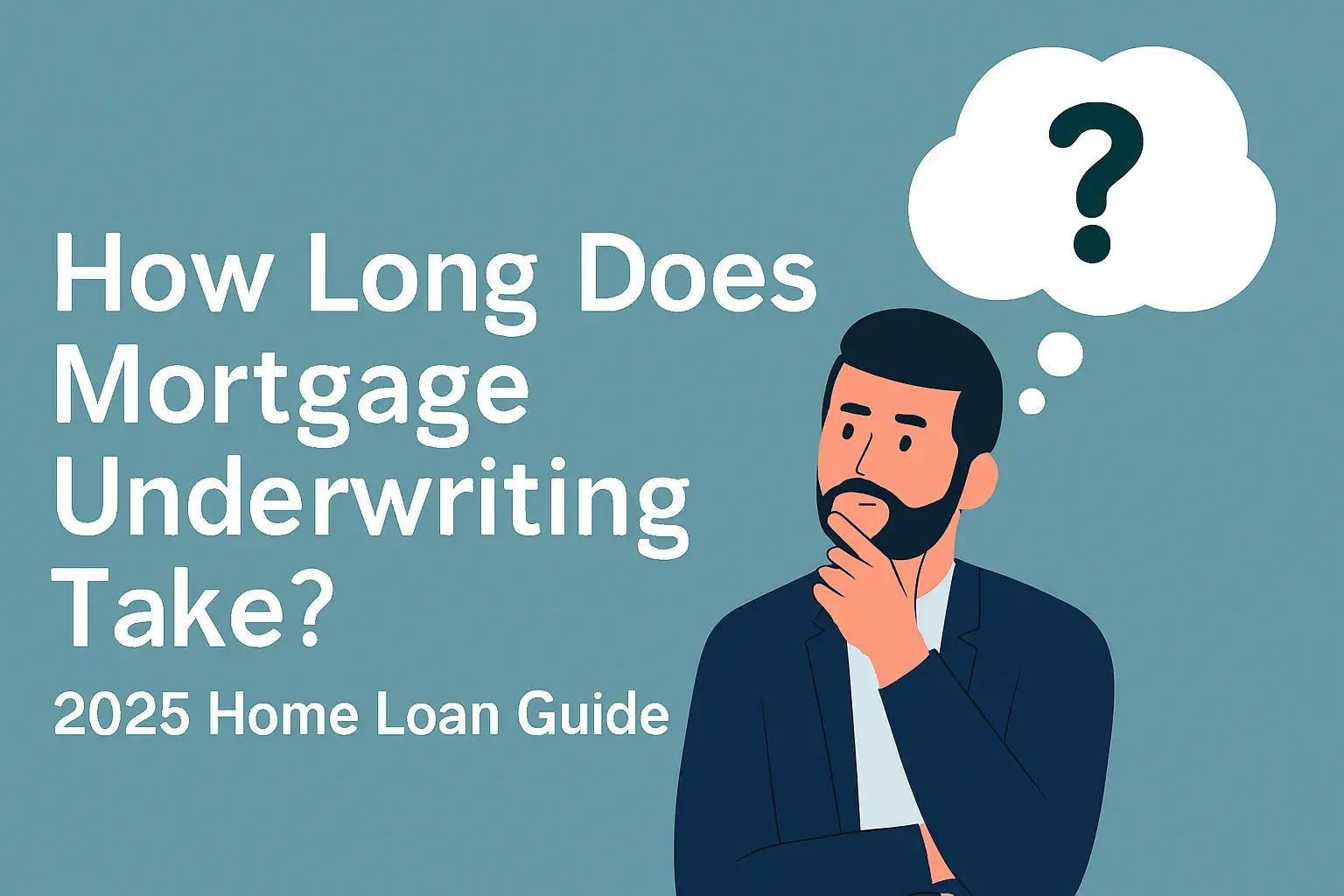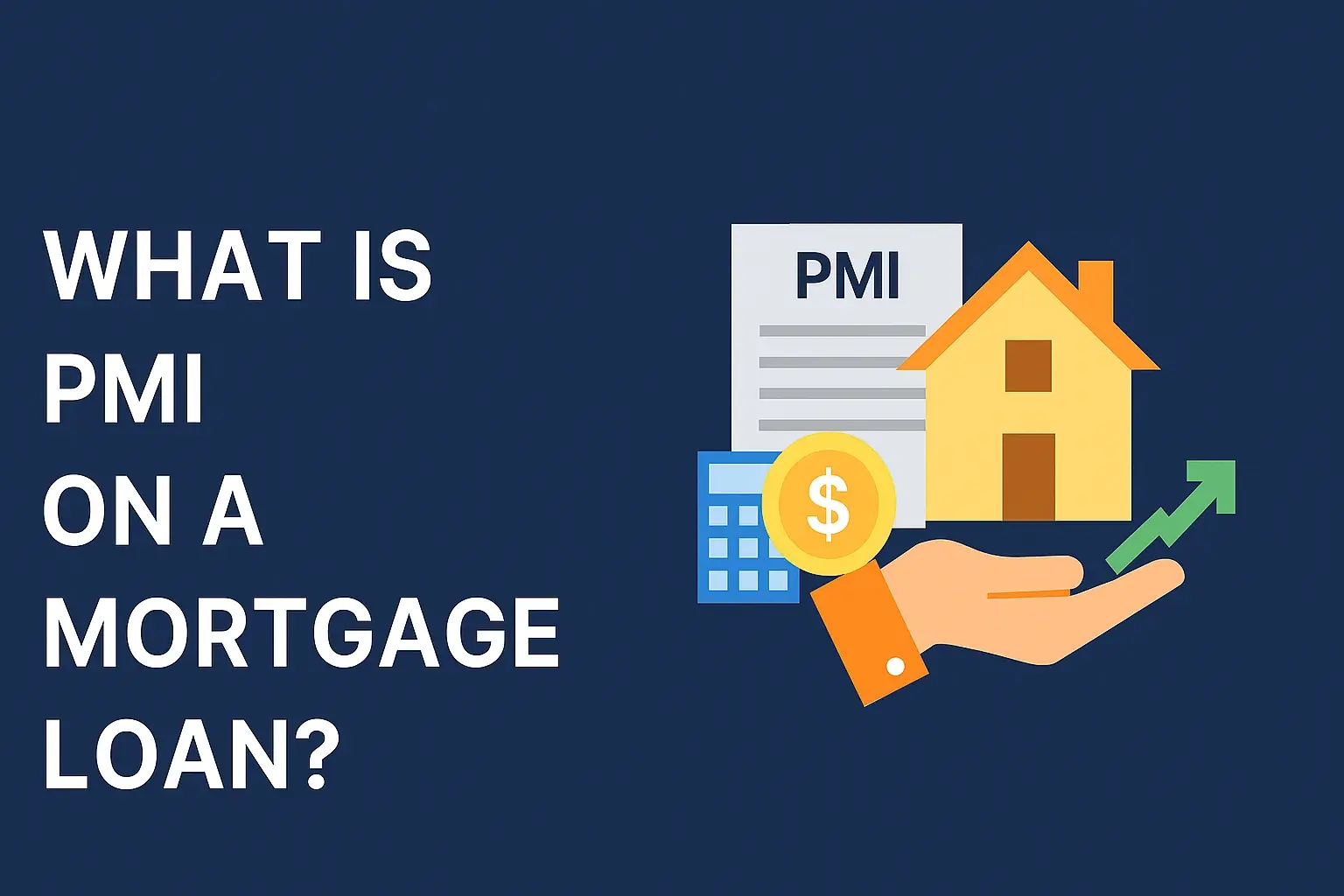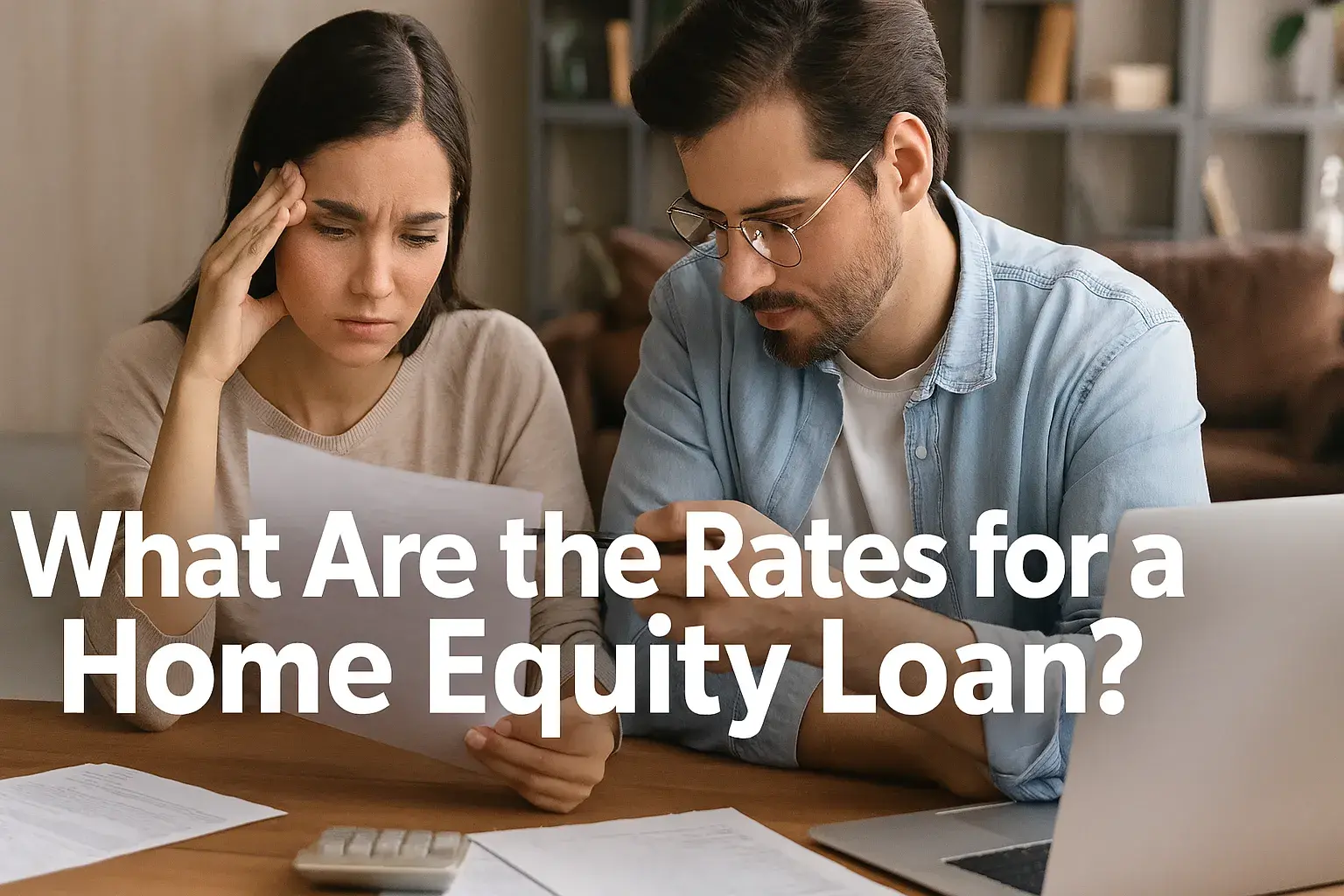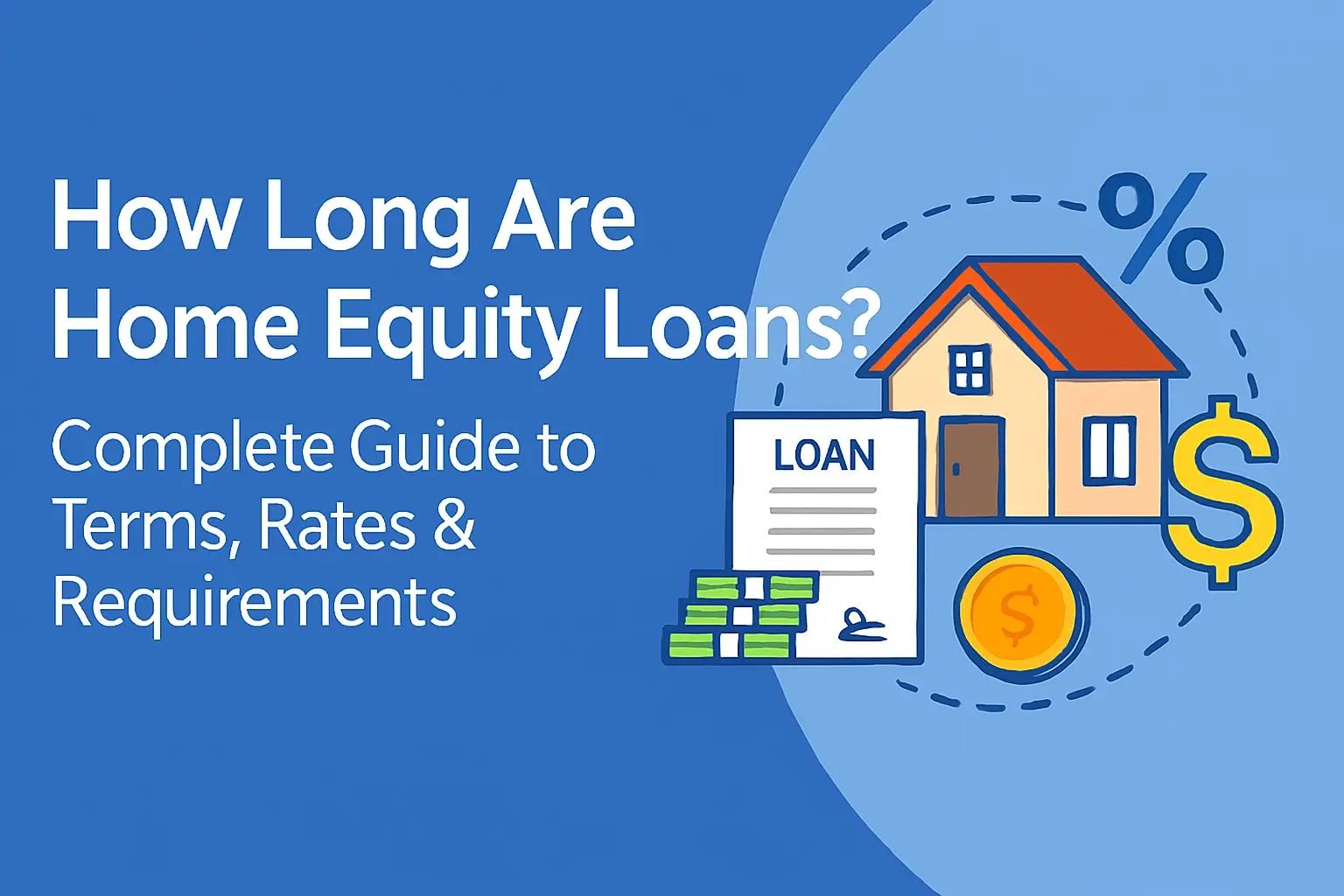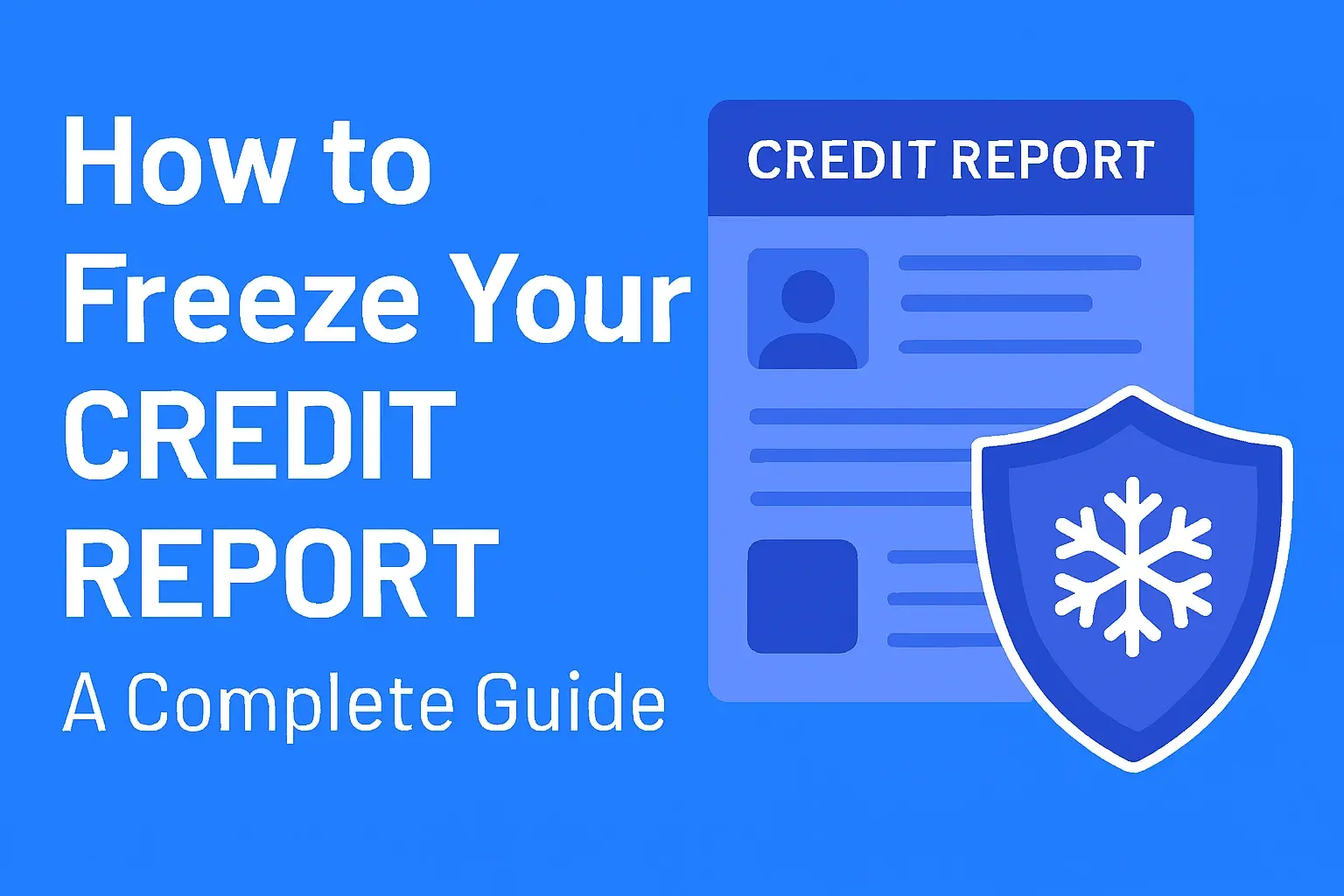-
Posted on: 23 Sep 2025
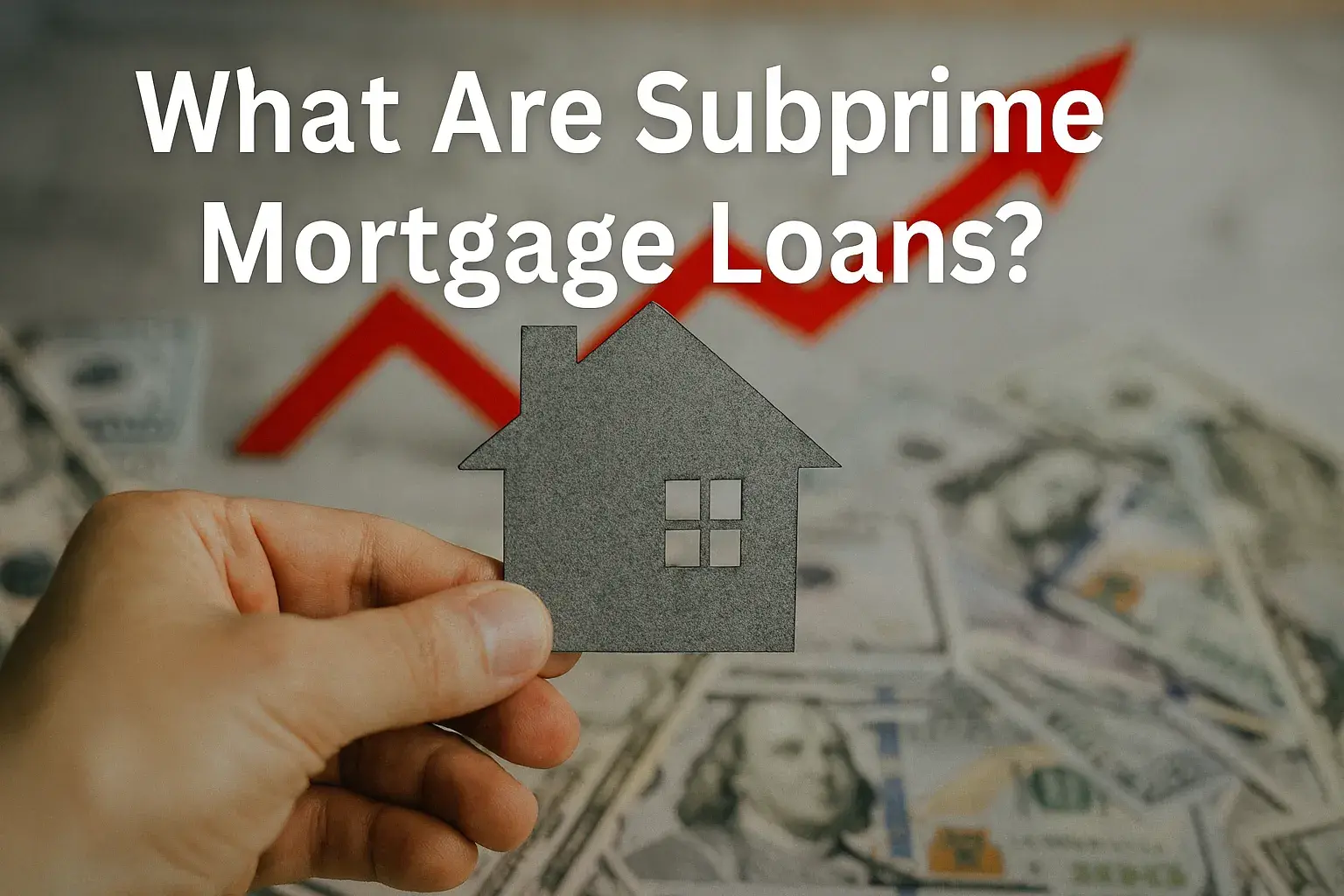
-
Imagine you have a dream of homeownership, but your financial past isn't perfect. Maybe you missed a few credit card payments, or a medical bill went to collections. For millions of Americans, this scenario is a reality that blocks access to traditional "prime" mortgages. This is where the complex and often controversial world of subprime mortgage loans enters the picture.
A subprime mortgage loan is a type of mortgage granted to individuals who do not qualify for prime-rate loans due to a poor or limited credit history. Lenders view these borrowers as higher risk, and to compensate for that risk, they charge higher interest rates and fees. While these loans can open the door to homeownership for those who might otherwise be shut out, they come with significant dangers, most famously illustrated by their central role in the 2008 global financial crisis.
In this comprehensive guide, we will demystify what subprime loans are, how they work, and their profound impact on individuals and the economy. You'll learn about their key features, the risks and potential benefits, the critical history that shaped modern lending, and the alternatives every potential borrower should consider. Whether you're exploring your own options or seeking to understand a pivotal chapter in financial history, this guide will provide the clarity you need.
Understanding Subprime Mortgage Loans
The Meaning of "Subprime"
In the lexicon of finance, the term "prime" refers to the most favorable lending rates offered to the most creditworthy borrowers. Therefore, "subprime" literally means "below prime." It's a classification for borrowers whose credit profiles fall short of the standards required for a conventional loan.
The core of this classification is risk. Lenders are in the business of managing risk. A borrower with a long history of on-time payments, low debt, and stable income presents a low risk of default. A borrower with the opposite profile presents a high risk. Subprime mortgage loans are financial products designed for this high-risk segment.
The Credit Score Divide: Prime vs. Subprime
While lenders use a holistic approach, credit scores are the primary gatekeepers. The most common scoring model is the FICO score, which ranges from 300 to 850. While thresholds can vary by lender, the general breakdown is as follows:
Excellent Credit: 800 – 850
Very Good Credit: 740 – 799
Good Credit: 670 – 739
Fair Credit: 580 – 669
Poor Credit: 300 – 579
Typically, a FICO score below 620-640 is the entry point for the subprime category. Some lenders have even more specific tiers, often called "non-prime" or "near-prime," for scores in the 620-680 range.
Who Are the Typical Subprime Borrowers?
The stereotype of a subprime borrower is often inaccurate. They are a diverse group that includes:
Individuals with Past Financial Hardships: A job loss, medical emergency, or divorce can severely impact a person's credit score, even if they were previously financially stable.
Young Adults with Limited Credit History: You can't have a long credit history without first getting credit. Younger borrowers often have "thin files," making them appear riskier to lenders.
Self-Employed Individuals: Proving steady income can be more challenging for freelancers and small business owners, even if their earnings are substantial.
Those Rebuilding Credit: People recovering from bankruptcy or foreclosure may use a subprime loan as a stepping stone to rebuild their financial standing.
Key Features of Subprime Mortgage Loans
Subprime mortgage loans are structurally different from their prime counterparts. Understanding these features is crucial to grasping their inherent risks.
Higher Interest Rates
This is the most defining characteristic. To offset the higher probability of default, lenders charge significantly higher interest rates. A difference of 2-4 percentage points (or more) above a prime rate is common. On a $250,000 loan, this can translate to hundreds of thousands of dollars in extra interest over the life of the loan.
Flexible But Risky Loan Structures
Subprime loans are notorious for their complex and often risky structures designed to make initial payments seem affordable.
Adjustable-Rate Mortgages (ARMs): While ARMs exist in the prime market, they were a hallmark of the pre-2008 subprime mortgage crisis. A common type was the "2/28 ARM," where a low, fixed "teaser" rate lasted for two years, after which the rate adjusted every six months based on a market index, often leading to dramatic payment shocks.
Interest-Only Loans: For a set period, the borrower pays only the interest on the loan, not the principal. This keeps initial payments low, but once the interest-only period ends, payments jump significantly as the borrower must start paying down the principal.
Balloon Payments: These loans require small monthly payments for a period, ending with a very large "balloon" payment to pay off the remaining balance. This often forces the borrower to refinance, which can be impossible if their financial situation hasn't improved or if home values have fallen.
Longer Repayment Terms
Some subprime loans may stretch over 40 or even 50 years, compared to the standard 30-year term. The goal is to lower the monthly payment. However, this results in the borrower paying far more in interest over the extended life of the loan.
Prepayment Penalties
To ensure they collect their high-interest payments, lenders often include hefty fees for paying off the loan early through refinancing or sale. This can trap borrowers in an unfavorable loan even after their credit improves.
Why Do People Choose Subprime Mortgage Loans?
Despite the risks, there are compelling reasons why borrowers turn to these products.
Accessibility for Low-Credit Borrowers
The primary driver is access. For those who cannot secure a prime loan, a subprime mortgage loan may be the only path to homeownership. It provides an opportunity that would otherwise be unavailable.
The Drive for Homeownership
The social and financial aspiration of owning a home is powerful. For families tired of renting, a subprime loan can feel like a necessary shortcut to achieving the American Dream, especially if they believe they can refinance to a better rate later.
Immediate Financing Needs
Sometimes, timing is critical. A borrower might need to secure a house quickly in a competitive market and cannot wait the months it might take to repair their credit. A subprime loan offers a faster, though costlier, solution.
Risks Associated with Subprime Mortgage Loans
The potential downsides of these loans are severe and can have long-lasting consequences.
High Risk of Default and Foreclosure
The combination of high payments (especially after an ARM resets) and often marginal financial stability creates a perfect storm for default. When a borrower defaults, the lender can initiate foreclosure, leading to the loss of the home. During the subprime mortgage crisis, foreclosure rates soared, devastating communities and the housing market.
Crippling Debt and Financial Stress
The exorbitant interest rates can consume a disproportionate amount of a borrower's income, leading to significant financial strain. This can create a debt spiral, making it difficult to cover other essential expenses and further damaging their credit.
Impact on Credit History
Simply having a subprime loan on your credit report signals to other lenders that you are a high-risk borrower. Furthermore, if you struggle with payments, it can cause further damage to your credit score, making it harder to secure affordable credit in the future.
Hidden Fees and Predatory Lending Practices
The subprime market has historically been rife with predatory tactics. Unscrupulous lenders may bury excessive fees, balloon payments, or steep prepayment penalties in the fine print, taking advantage of borrowers who may not fully understand the complex terms.
History of Subprime Mortgage Loans
To fully understand what subprime loans are today, one must look at their turbulent past.
Growth in the Early 2000s
In the early 2000s, a combination of low interest rates, rising home prices, and financial innovation fueled a housing boom. Lenders began aggressively marketing subprime mortgage loans to a wider audience. These loans were then bundled into complex financial products called Mortgage-Backed Securities (MBS) and sold to investors around the world, who were hungry for high returns.
The Role in the 2008 Financial Crisis
This system began to unravel in 2007-2008. When home prices stopped rising and many subprime ARMs reset to higher rates, borrowers could neither afford their new payments nor sell their homes for a profit. Defaults skyrocketed. The MBS built on these loans plummeted in value, causing catastrophic losses for banks and investors, leading to the collapse of Lehman Brothers and triggering a global financial meltdown—the Great Recession.
Post-Crisis Regulations: Dodd-Frank and the CFPB
In response, the U.S. government enacted sweeping reforms. The Dodd-Frank Act (2010) created the Consumer Financial Protection Bureau (CFPB). A key rule from the CFPB, the Ability-to-Repay Rule, requires lenders to make a good-faith effort to ensure a borrower can repay the loan before issuing it. This significantly curtailed the reckless lending that characterized the pre-crisis era.
Pros and Cons of Subprime Mortgage Loans
Let's summarize the advantages and disadvantages in a clear, balanced view.
Pros of Subprime Mortgage Loans
Access to Financing: Provides a homeownership opportunity for those with poor or limited credit.
Credit Rebuilding: Making consistent, on-time payments can help improve a borrower's credit score over time.
Potential for Refinancing: If the borrower's credit improves or home values increase, they may be able to refinance into a more affordable prime loan later.
Cons of Subprime Mortgage Loans
Exorbitantly High Interest Rates: Lead to significantly higher lifetime costs.
High Risk of Foreclosure: The complex terms and high payments increase the likelihood of default.
Severe Financial Stress: Can strain a household's budget to the breaking point.
Predatory Lending Risk: Borrowers must be extremely vigilant about unfavorable terms and hidden fees.
Alternatives to Subprime Mortgage Loans
Before considering a subprime loan, exhaust these safer, government-backed alternatives.
FHA Loans
Backed by the Federal Housing Administration, FHA loans are one of the best options for borrowers with lower credit scores. They allow for scores as low as 500 (with a 10% down payment) or 580 (with a 3.5% down payment). They have more lenient debt-to-income ratio requirements but require Mortgage Insurance Premiums (MIP).
VA Loans
Guaranteed by the Department of Veterans Affairs, VA loans are available to eligible veterans, active-duty service members, and their spouses. They often require no down payment and no mortgage insurance, and they have flexible credit guidelines.
USDA Loans
The U.S. Department of Agriculture offers loans for homes in designated rural areas. They offer 100% financing (no down payment) for low-to-moderate-income borrowers who meet credit requirements.
Improving Your Credit Score First
Sometimes, the best alternative is patience. Taking 6-12 months to improve your credit score by paying down debt, correcting errors on your report, and making all payments on time can move you from the subprime category to the prime category, saving you tens of thousands of dollars.
How to Qualify for a Subprime Mortgage Loan
The subprime market still exists today, but it is much smaller and more heavily regulated.
Typical Credit Score Range
While prime lenders typically require a score of 620 or higher, subprime lenders may consider borrowers with scores as low as 500-580. Each lender sets its own thresholds.
Debt-to-Income (DTI) Ratio Requirements
Your DTI ratio (your total monthly debt payments divided by your gross monthly income) is critically examined. Even with poor credit, lenders need evidence that you can manage the payment. A DTI below 50% is often a requirement.
Proof of Income and Employment
Lenders will scrutinize your employment history and income stability. You'll need to provide recent pay stubs, W-2s, and tax returns. For self-employed individuals, this may require several years of tax returns.
Lender-Specific Criteria
Non-prime lenders (the modern term for subprime) often have unique programs. Some may specialize in borrowers with recent bankruptcies, while others may focus on those with high cash reserves but irregular income.
Impact of Subprime Mortgage Loans on the Economy
The influence of these loans extends far beyond individual borrowers.
Contribution to Housing Market Growth
When used responsibly, subprime lending can expand the pool of homebuyers, stimulating construction, real estate, and related industries. It promotes financial inclusion by extending credit to a broader population.
Link to Financial Instability
As 2008 demonstrated, when subprime lending is widespread, securitized, and poorly regulated, it can introduce systemic risk into the entire financial system. A downturn in the housing market can be amplified, leading to a broader economic crisis.
Current Regulatory Measures
Today, the subprime market operates under the watchful eye of the CFPB. Stricter underwriting standards and the Ability-to-Repay rule have made the market safer but also much smaller. Lenders now bear more of the risk for the loans they originate.
Tips Before Taking a Subprime Mortgage Loan
If you are seriously considering this path, proceed with extreme caution.
Shop and Compare Multiple Lenders: Don't accept the first offer. Get quotes from several non-prime lenders to compare interest rates, fees, and terms.
Read and Understand Every Loan Term: Before signing, ensure you fully comprehend the interest rate (initial and fully-indexed), when it can adjust, what the maximum payment could be, and all associated fees.
Seek Independent Financial Counseling: HUD-approved housing counselors can provide unbiased advice and help you understand the long-term implications of the loan.
Have a Realistic Plan for Refinancing: Do not assume you will be able to refinance. Create a concrete budget and credit-improvement plan to make refinancing a realistic goal within a few years.
Future of Subprime Mortgage Loans
The landscape of non-prime lending is evolving.
Current Trends in Lending
The market is now often referred to as "non-prime" to distance itself from the negative connotations of "subprime." Lending is more targeted, with a focus on borrowers with specific, explainable credit issues (like a one-time medical event) rather than universally poor credit.
Technology and Risk Assessment
Fintech companies are using alternative data—such as rental payment history, utility bills, and cash flow analysis—to assess creditworthiness beyond the traditional FICO score. This could provide more fair and accurate lending options for those with thin credit files.
Stricter Regulations & Consumer Protections
The regulatory environment is unlikely to loosen. The future will likely see a continued emphasis on consumer protection, transparent lending practices, and ensuring that lenders share the risk of the loans they create.
Conclusion
Subprime mortgage loans are a double-edged sword. On one hand, they represent a crucial mechanism for financial inclusion, offering a path to homeownership for those with imperfect credit. On the other hand, their history is stained by predatory practices and a role in one of the worst economic crises in modern history.
The key takeaway is that while these loans exist, they demand a high level of financial literacy and caution from the borrower. The post-2008 reforms have made them safer, but the fundamental risks remain: high costs and the potential for financial ruin.
If you are considering a subprime loan, your first step should be to exhaust all government-backed alternatives like FHA, VA, or USDA loans. If a subprime product is your only option, arm yourself with information. Scrutinize the terms, plan for the highest possible payment, and seek independent advice. Homeownership is a worthy goal, but it should not come at the cost of your long-term financial security.
Frequently Asked Questions (FAQ Section)
Q1. What is considered a subprime credit score for mortgage loans?
A: While it can vary by lender, a FICO score below 620 is generally considered the threshold for the subprime category. Some lenders may have tiers, with scores between 580 and 620 considered "near-prime" and scores below 580 squarely in the subprime range.Q2. Are subprime mortgage loans still available today?
A: Yes, but the market is dramatically different from the pre-2008 era. They are now often called "non-prime" loans and are subject to strict regulations like the Ability-to-Repay rule. They are less common and are offered by specialized lenders rather than the mainstream banks that pushed them before the crisis.Q3. How do subprime loans affect my credit score?
A: Initially, applying for any loan causes a small, temporary dip in your score. The long-term effect depends on your payment behavior. Making consistent, on-time payments will gradually improve your score. However, missing payments or defaulting will cause severe and lasting damage.Q4. Can I refinance a subprime mortgage loan into a prime loan?
A: Yes, this is a common strategy. If you make payments on time, improve your credit score, and build equity in your home, you may qualify to refinance into a prime loan with a lower interest rate. However, this is not guaranteed and depends on market conditions and your financial progress.Q5. What alternatives are better than subprime mortgage loans?
A: Government-backed loans are almost always a better option if you qualify. These include:FHA loans are available to borrowers with lower credit scores and smaller down payments.
VA loans for eligible veterans and service members (often requiring no down payment).
USDA loans for homes in designated rural areas.
Q6. How did subprime mortgage loans cause the 2008 financial crisis?
A: Lenders issued massive numbers of high-risk subprime loans, often with teaser rates that later reset to unaffordable levels. These loans were bundled into complex securities (MBS) and sold to investors. When homeowners began defaulting en masse, the value of these securities collapsed, causing massive losses for banks and investors worldwide and freezing the global credit system.Q7. Who should avoid subprime mortgage loans?
A: You should avoid a subprime loan if:Your income is unstable.
You have a high debt-to-income ratio.
You cannot comfortably afford the highest possible payment after any introductory rate expires.
You have not thoroughly explored safer alternatives like FHA loans.
You are not prepared for the long-term financial commitment and risk.

